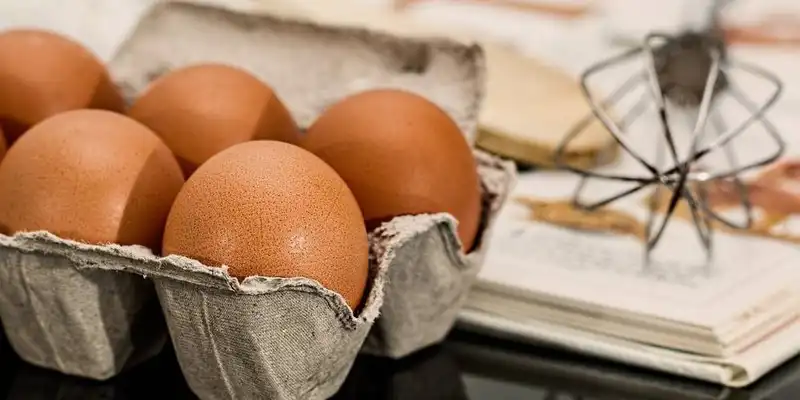Raw Food Storage- Do's and Don'ts
1. Raw vs. Cooked
To avoid cross contamination cooked food and raw food should never be stored in close proximity. Vigilant raw food storage will help food industry professionals avoid harmful bacteria growth and cross contamination which will in turn decrease food poisoning cases. With proper food storage, you can make sure your customers eat food kept fresh and safe as possible.
Ideally, various food groups would have separate storage units. However, if your kitchen can not accommodate separate storage units, you can still employ a refrigerator food hierarchy.
Refrigerator hierarchy for food safety-
Top shelves- Ready to eat (RTE) cut or prepared foods that will not be cooked. Always tightly cover or keep food in a sealed container to prevent contamination
Middle shelves- Fruits and vegetables that have not been cut or prepared
Bottom shelves- Raw meat, poultry, and fish. Due to the severity of allergic reactions, store shellfish separately
Regardless of the food product being stored, always keep food in a sealed container. Additionally, all food kept in a sealed container should have a clear use date written on it. Refrigerator temperatures should be kept between 32 and 40 degrees Fahrenheit to decrease time spent in the zone that most bacterial grow.
Mindfulness towards the danger zone is critical to prevent food poisoning. All food staff professionals should vigilantly track temperatures. To store food safely, workers must immediately dispose of any food kept at the wrong temperature.
2. Fish, Poultry and Beef
Fish, poultry, and beef contain the highest amount of bacteria and are therefore particularly dangerous should cross contamination occur. To prevent cross-contamination make sure you correctly wrap and store all meat, poultry, and fish products. Never leave fish, poultry, or beef unwrapped in your refrigerator or freezer, even for short periods of time.
Always clearly label your fish, poultry, and beef products so that staff members can easily identify both the content and use date easily.
A general rule of thumb to follow is that the lower the finished cooking temperature, the higher the shelf it should be stored on. RTE and cooked food should go on the top shelf and be securely wrapped to prevent cross contamination.
Any RTE meats should be placed on the shelf below and should also be securely wrapped or in a sealed container. The bottom three shelves should hold raw food products. The third shelf from the top should hold foods cooked to 145 degrees Fahrenheit, including raw fish and shellfish. Below that shelf, place meats with a cooking temperature of 155 degrees Fahrenheit with the exception of ground meat.
3. Eggs and Produce

The bottom shelf of your refrigerator should store ground meat and whole eggs both of which must cook to an internal temperature of 165 degrees Fahrenheit. Proper egg storage is a fundamental part of a raw food storage system. Below are tips on storing eggs as safely as possible-
Keep eggs in their original carton to-
- Protect them from damage
- Prevent absorption of strong odors and flavors of other foods in your refrigerator
- Allow for easy reference of best before date
- Properly positioning eggs, keeping the yolk centered
- Place the carton in main section of the refrigerator to secure a consistent, cool temperature
- Never store carton on the refrigerator door
- Place leftover raw egg whites and yolks in airtight containers and refrigerate securely-covered leftovers immediately
- Cover yolks with a little cold water to prevent them from drying out, remembering to drain any residual water before using
- Ignore the sulfur smell of hard-boiled eggs, it usually disperses in a few hours
Proper storage of produce is an essential part of a compliant raw food storage system. Food industry professionals should research specific storage times for different produce.
While some produce stays fresh longest in a cool or room-temperature location away from heat, light, and moisture, other produce stays fresh longest in a refrigerated environment. When storing refrigerated produce low humidity is best for some fruits, while high humidity is best for vegetables.
Keep fruit and vegetable products separate to avoid spoilage and excess moisture. While many fruits should be stored on the countertop, no vegetables should. Preparation of produce such as peeling or washing may lengthen or shorten produce shelf life.
A helpful rule of thumb is that anything whole will last longer than anything cut, and anything cut or peeled should be stored in the refrigerator. By implementing and maintaining a proper raw food storage system, you can have the peace of mind that you are doing your part to decrease outbreaks of foodborne illnesses.



